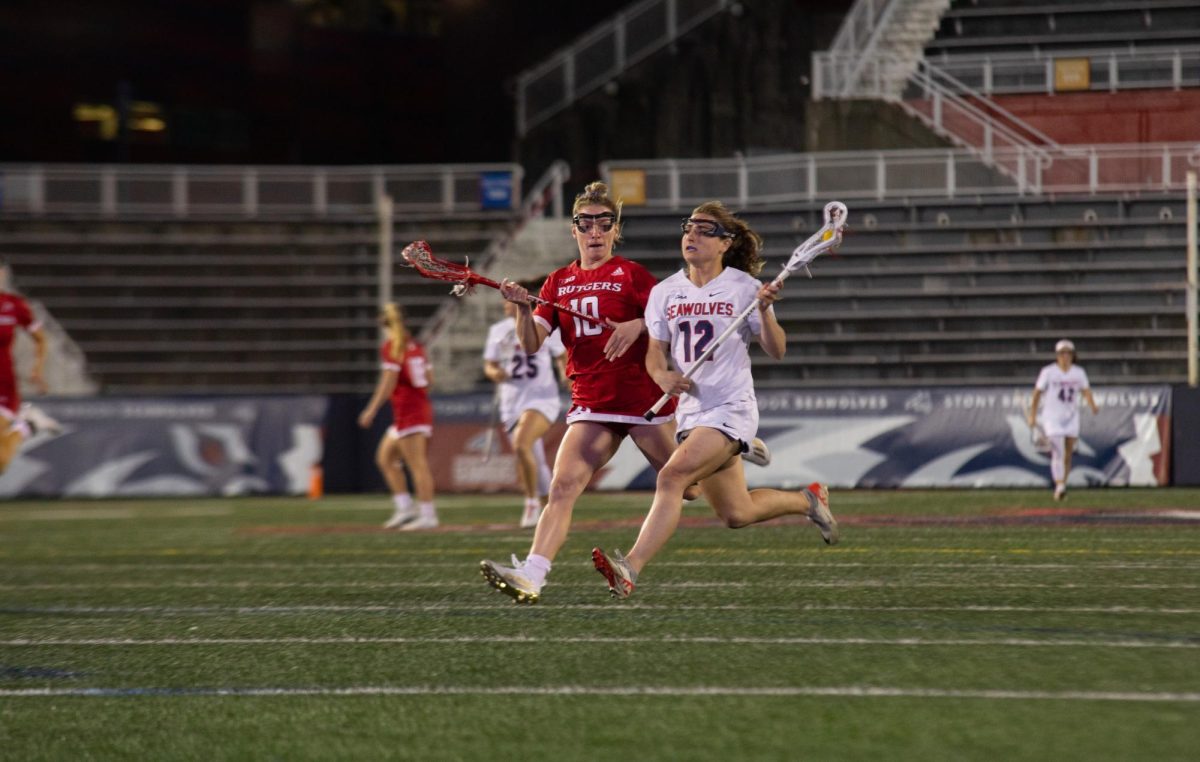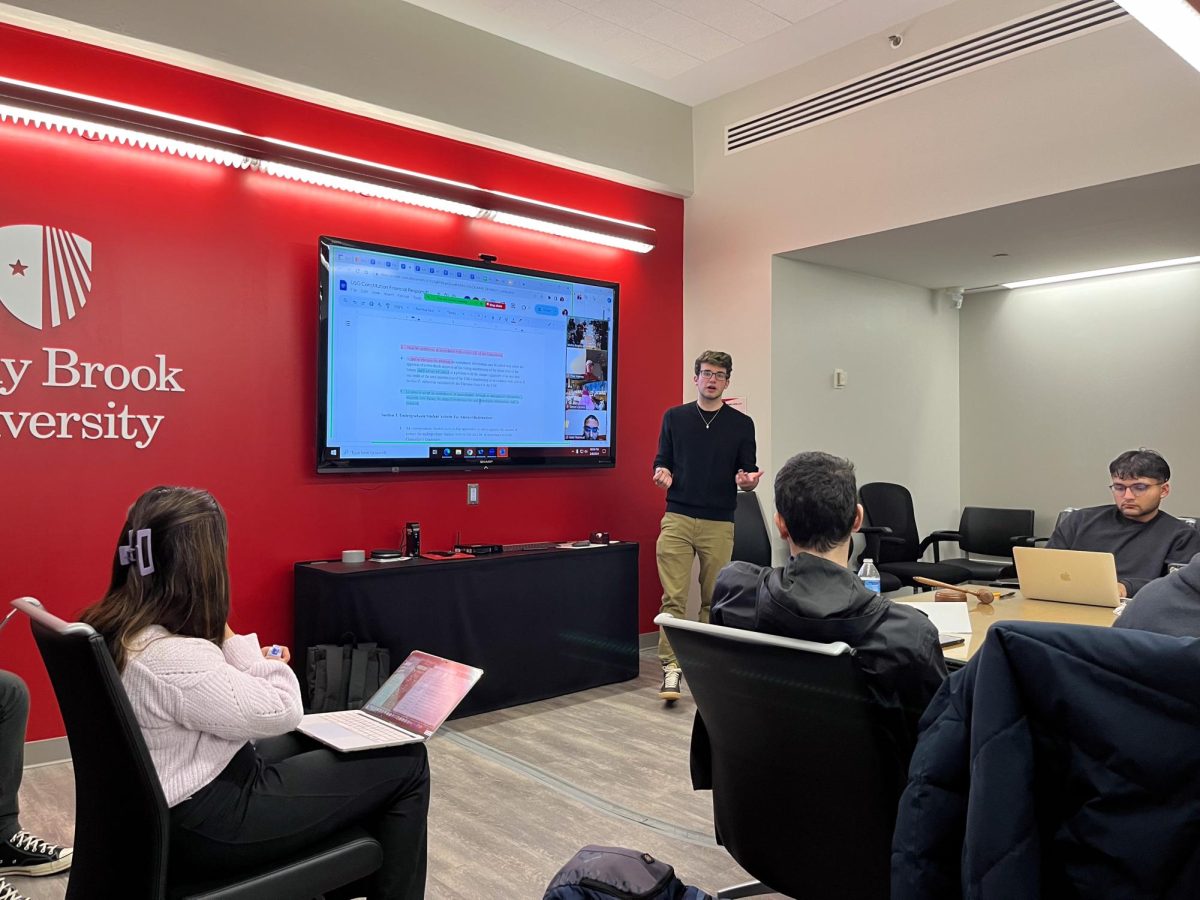Much admired for their classical performances, the Emerson String Quartet has collected a notable list of accomplishments. The Quartet took its name from the great American poet and philosopher Ralph Waldo Emerson. It is based in New York City. The Quartet has a string of recordings documented since 1987. It has won seven Grammy awards, which includes two for ‘Best Classical Album.’
This Fall, the Quartet teamed up with Stony Brook University as quartet- in-residence. As part of this, the Quartet coaches chamber music, gives master classes and provides instrumental instruction.
On Friday, October 6 at 8:00 PM members of the Emerson String Quartet performed at the Staller Center for the Arts Recital Hall, with guest pianist Gilbert Kalish. The members consist of four; Lawrence Dutton who plays the viola, Eugene Drucker and Philip Setzer both play violin and David Finckel playing the cello. Unfortunately, Lawrence Dutton did not perform with them that night.
The works performed during the show were phenomenal. The first half included pieces by Mozart, and the second half showcased Johannes Brahms’ pieces.
The opening was a Divertimento for String Trio in E- Flat Major to Mozart. A Divertimento is an instrumental composition containing several movements; it is similar to a serenade. The first theme starts with an Allegro, a brisk rapid tempo. It is then interrupted by an Adagio, a slower tempo; followed by an Allegretto, a graceful yet moderately fast tempo, an Andante, a moderately slow and leveled tempo, soon follows.
The second theme, first begun by the violin and cello, has a lyrical style. It carries out a change of mood as these apparently blissful themes become edgy and almost ominous. Mozart ends with a recap using Allegro, which captures the pleasant innocence of exhibition, leaving ambiguity to the movement’s music message; if the message is one of precision or one of seriousness.
After the intermission, the piece performed was a Piano Quartet in g minor. According to the evening Program provided by Staller Center, the G minor is the most popular of the three Brahms quartets for piano and strings,. The first movement overflows with musical originality. The primary theme is divided into two distinct parts. The first is a tranquil and balanced harmonious line; the second growing from a continual, descending musical pace comes after a short silence. The piano throws off a swift four note number that seems to lead to the second theme played by the cello.
After an intense closing theme and a short increase that combines the two parts of the first theme, there is a recap that includes additional expansion of the opening theme and the four note recurring number. The second movement is called an Intermezzo, which is a short musical composition between main divisions of an extended musical work.
According to the Program, Brahms first called it Scherzo, light and playful spirit. He changed it because it had no similarity to the fast pieces like Beethoven. The third movement is dominated by a melody that is, at once, broadly expressive and bold. In the midst of this dreamy expression the piece changes with a sharp contrast; an interlude that sounds like a marching band! According to the Program, this movement clearly shows the folk music element that is so important in Brahm’s music.
Each performer played every note to perfection, and even if it wasn’t perfect it seemed as if it was. The musicians are very passionate about their work and you can see it through their performance. The music in the second half was more enjoyable because it was a more buoyant and racy than the first half.
The Recital Hall was a full house. The audience varied; however, the majority was middle- aged and seniors. The audience was truly passionate about the performance. Audience members with captivated eyes were shaking their heads to the music. Some were closing their eyes as if the sounds had taken over their bodies. The audience definitely enjoyed the show!













